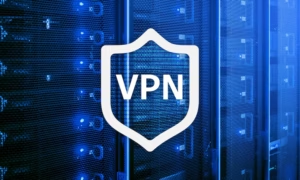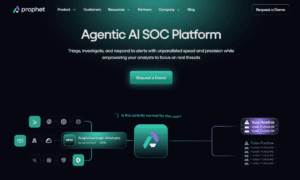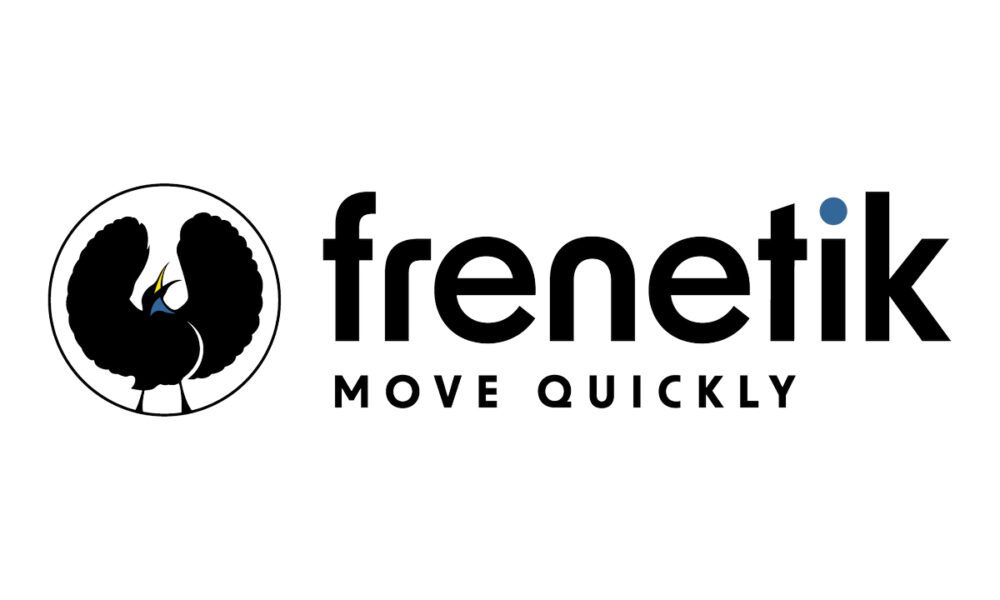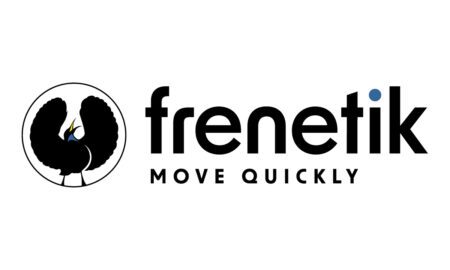Introduction
In recent years, the business landscape has undergone a dramatic shift. The rise of remote and hybrid work models has accelerated cloud adoption, enabling organizations to support employees from virtually anywhere. While this flexibility has increased productivity, it has also expanded the potential attack surface for cybercriminals.
Traditional network security solutions-built around centralized data centers and perimeter-based defenses-are no longer adequate for securing today’s distributed workforce. These older models often introduce latency, reduce user experience, and fail to provide consistent protection across diverse locations and devices.
Secure Access Service Edge (SASE) has emerged as a transformative solution for organizations aiming to combine strong security with agile, cloud-based networking. By unifying multiple security and networking functions into a single framework, SASE helps businesses achieve secure digital transformation without sacrificing performance.
Understanding SASE – A Unified Networking and Security Model
SASE, pronounced “sassy,” is a modern architecture that merges networking capabilities with advanced, cloud-native security services. Instead of routing all traffic through a central office or data center, SASE allows users to securely connect to applications and data directly from any location, whether they’re working from home, on the road, or in a branch office.
The core principle behind SASE is convergence. It integrates Software-Defined Wide Area Networking (SD-WAN) with essential security services delivered from the cloud. This combination ensures that both performance and protection are consistently applied to every user, device, and application, no matter where they are.
The term was first introduced by Gartner in 2019, but its adoption has skyrocketed in recent years as organizations face growing cybersecurity threats and increasingly complex IT environments.
Core Components of SASE
To understand the full value of SASE, it’s essential to break down its main components:
SD-WAN – Provides optimized routing and bandwidth management for faster, more reliable application performance.
Secure Web Gateway (SWG) – Filters and inspects web traffic to block malicious sites and enforce browsing policies.
Cloud Access Security Broker (CASB) – Monitors cloud application usage, ensuring compliance and preventing unauthorized access.
Firewall-as-a-Service (FWaaS) – Offers comprehensive firewall protection delivered entirely from the cloud, reducing hardware dependencies.
Zero Trust Network Access (ZTNA) – Grants access based on user identity and context, following the principle of least privilege.
These elements work together to deliver a holistic security and networking environment, adaptable to the needs of modern enterprises. This explores what is SASE in cybersecurity with examples, as it showcases how these integrated technologies protect different industries and use cases while maintaining performance. You can learn more about SASE and its benefits.
Why SASE Is Critical for Digital Transformation
As businesses migrate more workloads to the cloud, the challenge lies in maintaining strong security without compromising speed and usability. SASE addresses this challenge by:
- Enabling secure cloud migration – Direct-to-cloud connections reduce dependency on backhauling traffic, improving speed and efficiency.
- Protecting remote and branch users – Consistent security policies apply across all devices and locations.
- Supporting multi-cloud and SaaS strategies – Built-in controls make it easier to secure data across different platforms.
The result is a network infrastructure that not only supports transformation but actively drives it forward.
Key Benefits of SASE Adoption
Centralized security policy management – A single platform for all network and security rules.
Lower operational costs – Reduced need for multiple standalone tools and hardware.
Improved user experience – Lower latency through optimized routing.
Enhanced scalability – Easily expand security coverage as the business grows.
SASE Deployment Challenges and How to Overcome Them
While SASE offers many advantages, deployment can present obstacles:
Migrating from legacy infrastructure – Gradual integration and hybrid deployments can ease the transition.
Avoiding vendor lock-in – Choose providers that support interoperability with your existing tools.
Meeting compliance requirements – Ensure chosen solutions adhere to regulations like GDPR, HIPAA, and PCI DSS.
Resources like NIST’s Cybersecurity Framework can help guide compliance-aligned deployment strategies.
Best Practices for a Successful SASE Rollout
To ensure success, organizations should:
- Conduct a full network and security assessment to identify gaps.
- Define Zero Trust policies early to avoid security loopholes.
- Select vendors with robust integration ecosystems for future flexibility.
- Provide SASE-specific training for IT teams to manage the new infrastructure effectively.
For additional guidance, the Cloud Security Alliance offers industry-recognized best practices for secure cloud adoption.
Industry Use Cases for SASE
SASE is adaptable across sectors:
Finance – Protects online transactions, secures remote banking staff, and ensures compliance with strict regulations.
Healthcare – Safeguards telemedicine platforms and patient data while adhering to HIPAA requirements.
Retail – Secures point-of-sale systems and omnichannel operations.
Manufacturing – Manages and secures IoT devices in industrial environments, preventing disruptions.
The Future of SASE in Digital Transformation
Looking ahead, SASE is poised to evolve alongside emerging technologies:
AI and machine learning integration – Predict threats and automate responses.
Expansion into edge computing – Enable real-time protection for distributed systems.
Wider adoption by SMBs – Lower costs and simplified deployments make SASE accessible beyond large enterprises.
For insights on future cybersecurity shifts, the World Economic Forum’s cybersecurity reports highlight global trends influencing SASE adoption.
Conclusion
Secure Access Service Edge is more than a networking trend-it’s a fundamental shift in how organizations approach connectivity and protection. By converging networking and security into a unified, cloud-native platform, SASE delivers the agility, scalability, and protection needed for a successful digital transformation.
Early adoption enables businesses to stay ahead of evolving cyber threats, maintain compliance, and deliver a seamless user experience-all while simplifying IT operations.
FAQs
Q1: How is SASE different from traditional network security models?
SASE delivers security and networking from the cloud, eliminating the need for all traffic to route through a central data center. This approach improves performance and scalability while ensuring consistent security policies across all endpoints.
Q2: Can SASE improve performance for remote workers?
Yes. By enabling direct-to-cloud connections and optimizing routing, SASE reduces latency and enhances the user experience for employees working from any location.
Q3: Is SASE suitable for small and medium-sized businesses?
Absolutely. While it was initially adopted by large enterprises, the simplified deployment and cost efficiency of SASE make it an excellent choice for SMBs looking to strengthen their security posture.





























